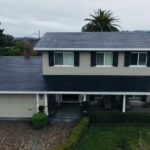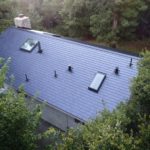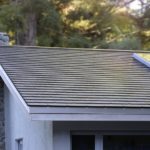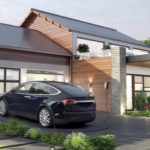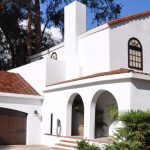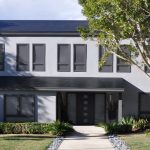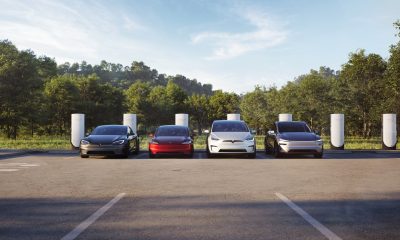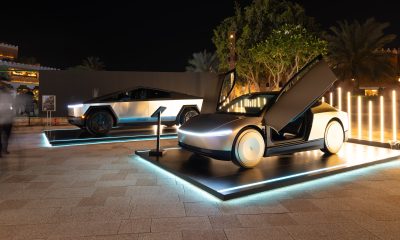
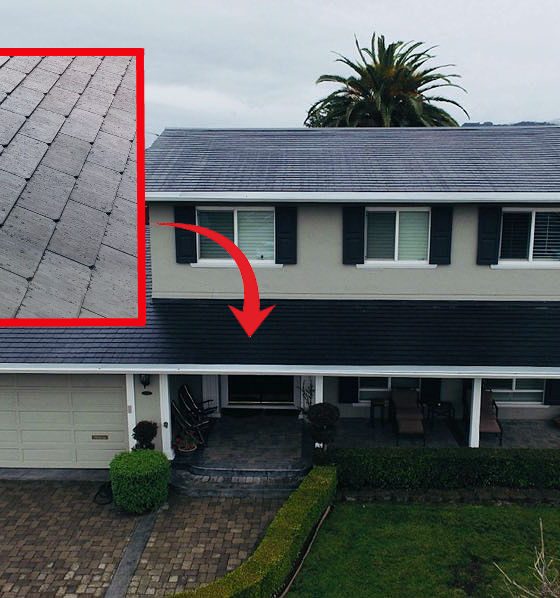
Energy
Tesla’s Solar Roof tiles showcased in new residential installation pictures
Pictures of Tesla’s Solar Roof tiles installed on a residential unit were recently shared online, showcasing the near-indistinguishable look of the photovoltaic roof system from traditional roofing material.
The photos of the solar roof shingles were shared by @Toblerhaus on Twitter, who stated that the tiles were “every bit as beautiful” as she had hoped. The Tesla fan further remarked that her home’s photovoltaic installation, which is rated at 9.9 kW, has made her family feel like they’re “living in the future.” Based on the images of the installation, @Toblerhaus appears to have opted for the tiles’ “textured” variant.
The first installations of Tesla’s Solar Roofs began last year, with CEO Elon Musk stating during the Q2 2017 earnings call that the tiles have already been installed on his and CTO JB Straubel’s houses. As we noted in a previous report, having the company’s employees as Tesla’s first Solar Roof customers is a clever strategy for the company, since doing so would allow the maintenance of a tight feedback loop with end users.
- A Solar Roof tile installation on a residential unit. [Credit: Amanda Tobler]
- A Solar Roof tile installation on a residential unit. [Credit: Amanda Tobler]
- A Solar Roof tile installation on a residential unit. [Credit: Amanda Tobler]
The Solar Roof tiles were among the key points of Tesla’s Q2 2017 update letter. In the investor communication, Tesla noted that the Solar Roof tiles, together with battery storage devices such as the Powerwall 2, are a step towards the company’s goal of helping customers achieve “sustainable energy independence.”
Tesla designed the Solar Roof tiles to be an option for customers who would like to have solar panels on their homes without committing to the questionable aesthetics of conventional photovoltaic systems. In Tesla’s Q2 2017 update letter, the Elon Musk-led company stated that the Solar Roofs would even prove to be affordable for customers in the long run, considering that the system will result in energy savings.
“Adopting solar has historically required a degree of aesthetic compromise, but Solar Roof provides clean energy from a better-looking roof. Furthermore, Solar Roof is more affordable than conventional roofs because in most cases, it ultimately pays for itself by reducing or eliminating a home’s electricity bill.”
- Tesla teased a photo of its employee Solar Roof installation on the 2017 Second Quarter Update Letter
- Tesla lifestyle reimagined by Miysis studio 3d
- Credit: Tesla
Tesla’s Solar Roofs were initially manufactured in Tesla’s Fremont factory. The production of the tiles was later transferred to the 1.2-million-square-foot Gigafactory 2 in Buffalo, NY, Tesla’s facility which Elon Musk states is capable of manufacturing up to 10 GW of energy products yearly.
The Solar Roof tiles were initially planned to enter production in the summer of 2017. Due to delays, however, the mass production and installation of the photovoltaic tiles were pushed back — first to late 2017, and then to 2018. Nevertheless, Tesla announced last January that it is starting the production of Solar Roof tiles in the Buffalo facility, and that customer installations are set to be conducted within the next few months.
If the recent pictures of @Toblerhaus’s Solar Roof installation are any indication, it appears like Tesla is just about to hit its stride in the rollout of its attractive and environmentally-friendly tiles.
Energy
Tesla and Samsung SDI in talks over new US battery storage deal: report
The update was related by industry sources and initially reported by South Korean news outlets.

Recent reports have suggested that Tesla and Samsung SDI are in talks over a potential partnership to supply batteries for large-scale energy storage systems (ESS).
The update was related by industry sources and initially reported by South Korean news outlets.
ESS batteries to be built at Samsung’s Indiana plant
As noted in a report from Korea JoongAng Daily, the demand for energy storage systems has been growing rapidly in North America, thanks in no small part to the surge in AI investments across numerous companies. With this in mind, Tesla has reportedly approached Samsung SDI about a potential battery supply deal.
The deal is reportedly worth over 3 trillion Korean won (approximately $2.11 billion) and will span three years, according to The Korea Global Economic Daily. A battery supply deal with Samsung SDI could make sense for Tesla as the company already has a grid-scale battery, the Megapack, which is perfect for industrial use. Samsung SDI could simply supply cells for the EV maker.
Production of the batteries would reportedly take place at Samsung SDI’s joint venture factory with Stellantis in Indiana, which is currently under construction. Samsung SDI recently announced plans to use part of that plant’s EV lines to produce cells for ESS, with a targeted capacity of 30 GWh by the end of next year.
Tesla and Samsung’s partnership
At present, only a handful of manufacturers, including Korea’s LG Energy Solution, Samsung SDI, SK On, and Japan’s Panasonic, are capable of producing energy storage-scale batteries domestically in the United States. A Samsung SDI official issued a comment about the matter, stating, “Nothing has been finalized regarding cooperation with Tesla.”
The possible energy storage system deal adds another layer to Tesla’s growing collaboration with Samsung, which is already in line as a partner in the upcoming production of Tesla’s AI5 and AI6 chips. Early sample manufacturing of the AI6 is expected to begin in South Korea, with mass production slated for Samsung’s Texas-based Taylor foundry when it starts operations.
The AI6 chip will power Tesla’s next wave of high-volume projects, including the Optimus humanoid robot and the autonomous Cybercab service. Musk has called the partnership with Samsung a “real collaboration,” adding that he personally plans to “walk the line” at the Taylor facility to speed up progress.
Energy
Tesla VP hints at Solar Roof comeback with Giga New York push
The comments hint at possible renewed life for the Solar Roof program, which has seen years of slow growth since its 2016 unveiling.

Tesla’s long-awaited and way underrated Solar Roof may finally be getting its moment. During the company’s Q3 2025 earnings call, Vice President of Energy Engineering Michael Snyder revealed that production of a new residential solar panel has started at Tesla’s Buffalo, New York facility, with shipments to customers beginning in the first quarter of 2026.
The comments hint at possible renewed life for the Solar Roof program, which has seen years of slow growth since its 2016 unveiling.
Tesla Energy’s strong demand
Responding to an investor question about Tesla’s energy backlog, Snyder said demand for Megapack and Powerwall continues to be “really strong” into next year. He also noted positive customer feedback for the company’s new Megablock product, which is expected to start shipping from Houston in 2026.
“We’re seeing remarkable growth in the demand for AI and data center applications as hyperscalers and utilities have seen the versatility of the Megapack product. It increases reliability and relieves grid constraints,” he said.
Snyder also highlighted a “surge in residential solar demand in the US,” attributing the spike to recent policy changes that incentivize home installations. Tesla expects this trend to continue into 2026, helped by the rollout of a new solar lease product that makes adoption more affordable for homeowners.
Possible Solar Roof revival?
Perhaps the most intriguing part of Snyder’s remarks, however, was Tesla’s move to begin production of its “residential solar panel” in Buffalo, New York. He described the new panels as having “industry-leading aesthetics” and shape performance, language Tesla has used to market its Solar Roof tiles in the past.
“We also began production of our Tesla residential solar panel in our Buffalo factory, and we will be shipping that to customers starting Q1. The panel has industry-leading aesthetics and shape performance and demonstrates our continued commitment to US manufacturing,” Snyder said during the Q3 2025 earnings call.
Snyder did not explicitly name the product, though his reference to aesthetics has fueled speculation that Tesla may finally be preparing a large-scale and serious rollout of its Solar Roof line.
Originally unveiled in 2016, the Solar Roof was intended to transform rooftops into clean energy generators without compromising on design. However, despite early enthusiasm, production and installation volumes have remained limited for years. In 2023, a report from Wood Mackenzie claimed that there were only 3,000 operational Solar Roof installations across the United States at the time, far below forecasts. In response, the official Tesla Energy account on X stated that the report was “incorrect by a large margin.”
Energy
Tesla China’s Megafactory helps boost Shanghai’s battery exports by 20%: report
Located in the Lingang New Area of the Shanghai Free Trade Zone, the Tesla Megafactory has been running at full throttle since opening in February.
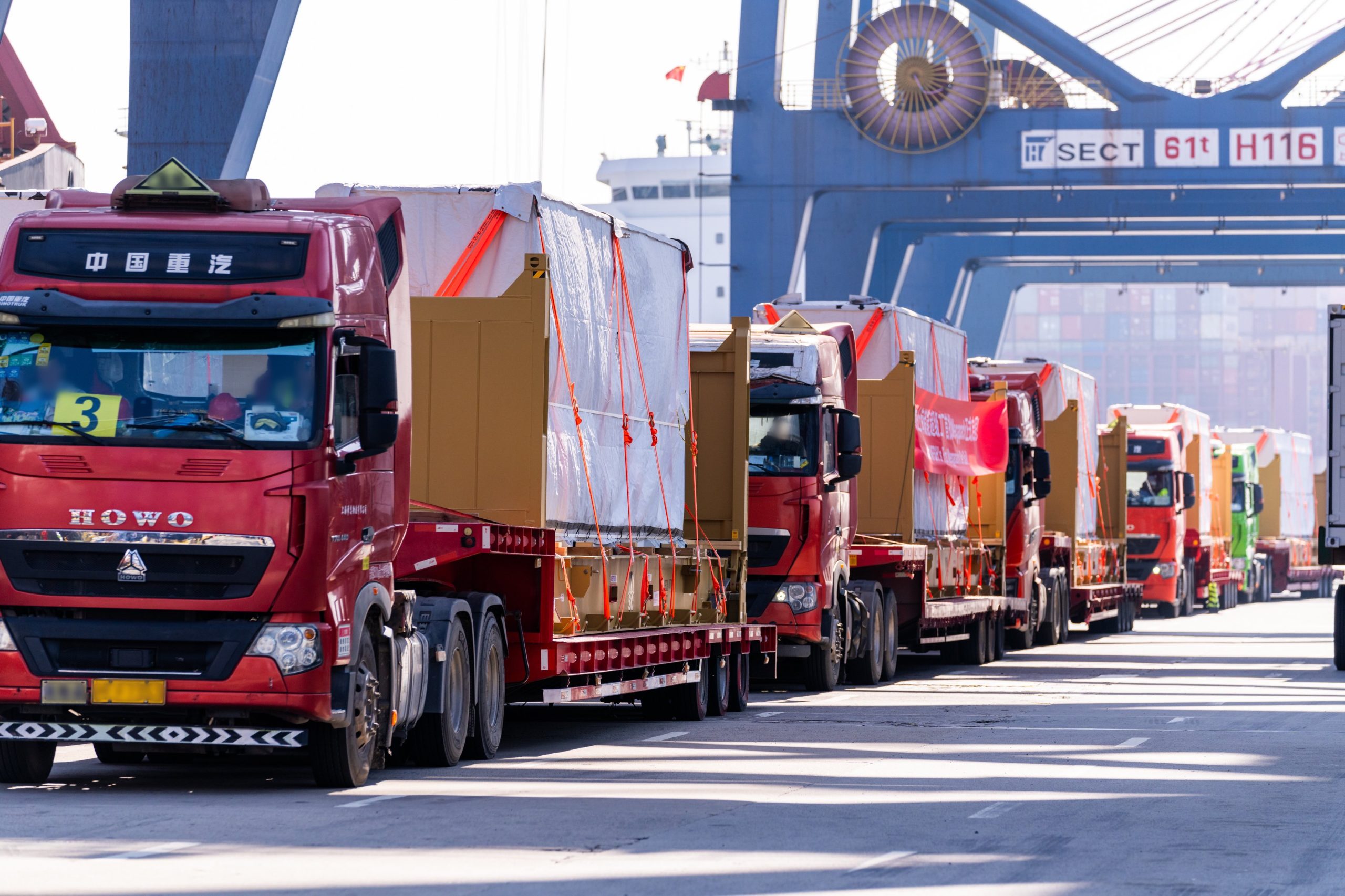
Reports from China have indicated that the Tesla Shanghai Megafactory has become a notable player in China’s booming battery export market.
Located in the Lingang New Area of the Shanghai Free Trade Zone, the Tesla Megafactory has been running at full throttle since opening in February. It produces Tesla Megapack batteries for domestic and international use.
Tesla Shanghai Megafactory
As noted in a report from Sina Finance, the Tesla Shanghai Megafactory’s output of Megapack batteries helped drive a notable rise in lithium battery shipments from the city in the first three quarters of 2025. This is quite impressive as the Megafactory is a rather young facility, though it has been steadily increasing its production capacity.
“The establishment of this benchmark factory has not only driven the rapid development of Shanghai’s energy storage industry but also become a new growth engine for foreign trade exports. Driven by the Tesla energy storage factory’s opening, Shanghai’s lithium battery exports reached 32.15 billion yuan ($4.5 billion) in the first three quarters, a 20.7% increase,” the publication wrote.
Ultimately, the Shanghai Megafactory has proved helpful to the city’s “new three” industries, which are comprised of new energy vehicles, lithium batteries, and photovoltaic systems. Exports of the “new three” products reached 112.17 billion yuan ($15.7 billion), a 6.3% year-over-year increase during the same period. The city’s total trade volume grew 5.4% year-over-year as well, with exports up 11.3%, driven largely by the clean energy sector’s performance.
Energy storage is helping Shanghai
Since opening in February, the Shanghai Megafactory has been firing on all cylinders. In late July, Tesla Energy announced that the new battery factory has successfully produced its 1,000th Megapack unit. That’s quite impressive for a facility that, at the time, had only been operational for less than six months.
Speed has always been a trademark of the Shanghai Megafactory. Similar to Tesla’s other key facilities in China, the Megafactory was constructed quickly. The facility started its construction on May 23, 2024. Less than a year later, the site officially started producing Megapack batteries. By late March 2025, Tesla China noted that it had shipped the first batch of Megapack batteries from the Shanghai plant to foreign markets.
-

 News1 week ago
News1 week agoTesla Cybercab spotted testing on public roads for the first time
-

 Elon Musk5 days ago
Elon Musk5 days agoNeuralink’s first patient could receive an upgrade: Elon Musk
-

 News2 weeks ago
News2 weeks agoTesla ‘Mad Max’ gets its first bit of regulatory attention
-
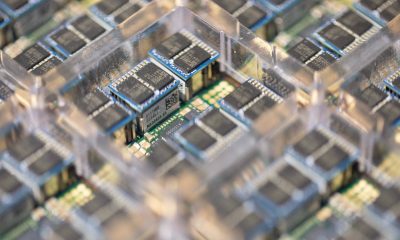
 News2 weeks ago
News2 weeks agoTesla reveals its plans for Hardware 3 owners who are eager for updates
-

 News6 days ago
News6 days agoNeuralink’s first human patient reflects on 21 months with brain implant “Eve”
-

 News2 weeks ago
News2 weeks agoTesla VP explains why end-to-end AI is the future of self-driving
-
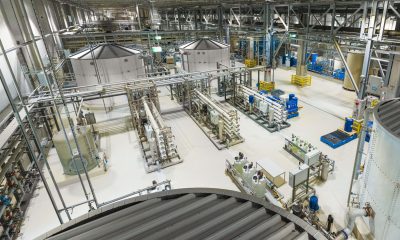
 News1 day ago
News1 day agoTesla Giga Berlin hits a sustainability milestone that’s so impressive, it sounds fake
-

 News5 days ago
News5 days agoTesla Cybercab almost looks production ready in new photos

